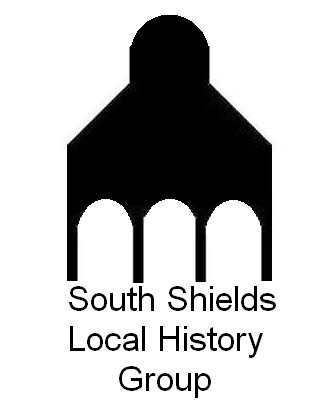Born in Liddell Street, North Shields in 1751 to William Wouldhave Senior, a ropemaker, he was baptised on 16th August in Christ Church, Albion Road, North Shields. Later the family moved to South Shields, but the reasons for the move are unknown.

He was a very eccentric man and in his spare time built various things such as a clock, an organ and an electrical machine. In a way it could be said that he was a generation before his time. Although he served his apprenticeship as a painter he also taught singing at the Alum House Ham (now known just as the Alum House). It was here that he taught boys and girls to sing in the years from 1795 to 1808. He was also at one time appointed to the Sextonship of St. Hilda’s church, but resigned this position to become the parish clerk. He carried on with this job as well as the singing, teaching on a part time basis.
Upon his marriage to Hannah they lived at Nelsons Bank at the Mill Dam in South Shields, where they had a daughter also called Hannah.

Wouldhave’s claim to fame was his contribution to the design of a lifeboat. He entered a competition in 1789 to design the first purpose-built lifeboat, together with a man called Henry Greathead. Henry was credited with winning the competition, William coming second and being paid one guinea for his time and effort. He is said to have thrown down the guinea on the table in Lawe House and walked out. However, according to the records he took it.
William is said to have had his idea for the design of the lifeboat from watching a young girl walking along Fairles’ Well, now known as Fairles Street and St. Aidan’s Road. She was carrying a bucket of water, and in the bucket was a float in the shape of a half moon which stopped the water splashing out. He considered this to be an excellent shape for a lifeboat as it didn’t overturn. Although he lost the competition to Henry Greathead, he did say to the Committee of Lawe House that his intention was to construct the lifeboat in either copper or iron.
Henry Greathead received the prize and all the profit for the lifeboat, but his apprentice, George Farrow, was a strong supporter of Wouldhave’s design. William lived in poverty until he died but a model of his design, now over 200 years old, still hangs in St. Hilda’s church.
William Wouldhave died on the 28th September 1821 aged 71 years. He was buried in St. Hilda’s churchyard on 2nd October 1821. His body was exhumed and re-buried closer to the church when a council road widening scheme took over a large area of the original burial ground. His headstone now resides within St. Hilda’s church itself.

His wife Hannah also died in poverty on March 28th 1824 at the age of 78. She was also buried in St. Hilda’s Churchyard. His daughter Hannah died in 1858 at the age of 73. Although she also died in poverty, she is said to have received £415 from the Life Brigade and 15 pence per week from the parish of St. Hilda’s.
A memorial to William Wouldhave was built in 1887 at the Pier Head in South Shields and was unveiled in 1890. It also commemorates Greathead’s contribution to the development of the lifeboat.

A few years after William’s death, in 1825 a sculptor called Rowe from South Shields designed a bust of William. He created his design from talking to people who had known William. William’s daughter Hannah is said to have sat for the sculptor as there was a close resemblance between them. An artist named Hedley also created a painting of William in 1896.

William Wouldhave was the parish clerk in St. Hilda’s Church, he now has a memorial erected to his memory.
Sources:
South Shields Local History Group, Sand Dancer Leaflet
Photos:
South Tyneside Libraries
Terry Ford
